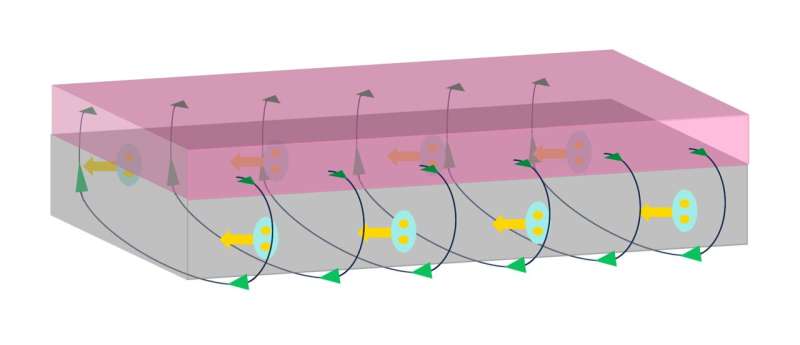Phys.org July 28, 2023
Accomplishing unequal supercurrents in the forward and backward directions in superconductors would enable unprecedented functionalities. This nonreciprocity of critical supercurrents is called the superconducting (SC) diode effect. An international team of researchers (USA – MIT, US Army DEVCOM, High School (Alabama, Washington). Switzerland, Spain) demonstrated the strong SC diode effect in conventional SC thin films, such as niobium and vanadium, employing external small magnetic fields. Interfacing the SC layer with a ferromagnetic semiconductor EuS, they further accomplished the nonvolatile SC diode effect reaching an efficiency of 65%. By careful control experiments and theoretical modeling, they demonstrated that the critical supercurrent nonreciprocity in SC thin films could be easily accomplished with asymmetrical vortex edge and surface barriers and the universal Meissner screening current governing the critical currents. According to the researchers their work on SC diode effect in simple systems opened the door for novel technologies while revealing the ubiquity of the Meissner screening effect induced SC diode effect in superconducting films, and it should be eliminated with great care in the search for exotic superconducting states harboring finite-momentum Cooper pairing… read more. Open Access TECHNICAL ARTICLE

… a superconducting device that could dramatically cut energy use in computing… Credit: A. Varambally, Y-S. Hou and H. Chi. Credit: Phys. Rev. Lett. 131, 027001, 13 July 2023